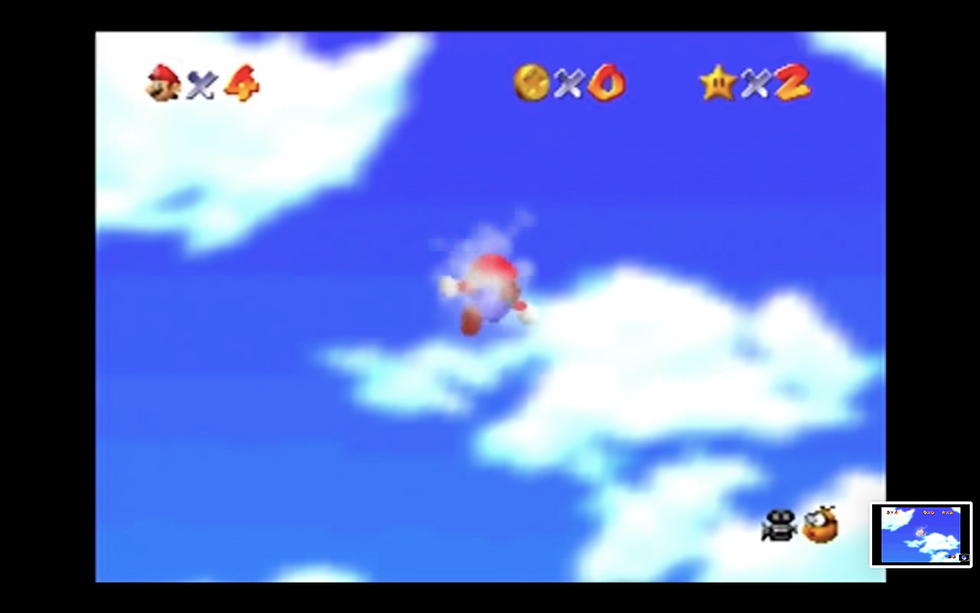Game Review: Half Life
- elviswolcott
- Oct 18, 2019
- 3 min read
In 1998, Valve debuted with the release of Half Life, a sci-fi FPS that sold almost 10 million copies in retail alone. Half Life was developed in Valve’s proprietary GoldSrc engine - a fork of Quake’s engine - and was modded to create Team Fortress Classic and Counter Strike, two games which would become successful series in their own right. Following the success of Half Life, Valve would grow to become one of the behemoths of the industry with the Half Life, Portal, DOTA, Counter Strike, Left 4 Dead and Team Fortress series as well as their Stream distribution platform.
Half Life begins after 10 minute tram ride into the Black Mesa Research facility. Playing as Gordon Freeman, a Black Mesa scientist, the player dons a protective HEV suit and proceed to the test chamber. What is supposed to be a safe test (although the scientists reveal it is a deviation from procedure) goes wrong and a portal to the Xen dimension is opened, allowing various hostile aliens to enter Black Mesa. The player is encouraged to attempt to reach the surface for rescue, but upon nearing the surface realizes the military is there for a cover up, not a rescue. Next, the player battles to meet up with the Lambda Team, and it becomes apparent that Black Mesa scientists had been experimenting on the Xen long before the portal opened. After the military retreats, the Lambda team is able to open a portal to Xen and the player enters to find the source of the invasion and destroy it. Although it shares the controls and many of the tropes of a modern FPS, Half Life is missing many of the elements that are now standard in a story shooter. Apart from short loading pauses (a symptom of the technical limitations of the time) and a single cutscene, the gameplay and narrative of Half Life is completely continuous. There’s no cutscene between every mission, loading screens, fast travel or stagger mechanics to tear control of the camera from the player. Half Life is a single journey of exploration, puzzling, and shooting that exists without any of the waypoints, progress indicators, or distinct missions that we’re used today. Instead of the explicit triggers of starting missions and talking to characters, Half Life is completely scripted based on proximity. This ensures that the player never misses something important, and the narrative unfolds around you naturally as you traverse Black Mesa. Even though the graphics certainly don’t hold up compared to the games of today, I found it surprisingly easy to get lost in Gordon Freeman’s escape from Black Mesa without any of the normal disruptive elements providing a measure of how long I had played. Lauded as one of the best games of all time, one would expect many of Half Life’s distinctive storytelling decisions to have made their way into more shooters today. Where it succeeds in immersing the player in it’s world and Gordon Freeman’s escape, Half Life stumbles when it comes to telling an actual story. Although I was immersed in escaping from Black Mesa, I didn’t find myself experiencing any of the hallmarks of a good story. I wasn’t attached to any of the characters; in fact, I often found myself losing interest as soon as one of the scientists would begin speaking. The challenge the narrative faces in games, and Half Life ultimately fails to address, is that good stories require exposition. It’s exceedingly hard for a game to have engaging characters and story when the writers can’t grab the player by the head and show them what matters. The continuous experience of Half Life makes it impossible to establish any deep history or memories, and a ten minute tram ride of corporate announcements certainly isn’t sufficient. This isn’t to say that a narrative can’t be told completely in first person. Games like Tacoma build backgrounds for the spaces and characters by filling them with objects that add to the story. The problem is that the action-packed playstyle of a shooter is antithetical to the attention to detail that is required to embed history in spaces without direct exposition.




Comments